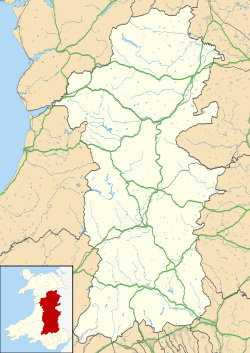History
The village gets its name from the fact that it was the highest navigable point of the river close to Welshpool which was originally simply called Pool or Poole. Thus the village was the quay for Pool.
Nearby is the site of Strata Marcella Abbey.
Besides seeing trade on the Severn, the Montgomery Canal also passes through the village and transshipment between canal and river was conducted in the village.
The village was served by the Cambrian Railways, and its successors the Great Western Railway and British Railways until 1965 although the station was some distance from the main village.
This page is based on this
Wikipedia article Text is available under the
CC BY-SA 4.0 license; additional terms may apply.
Images, videos and audio are available under their respective licenses.

